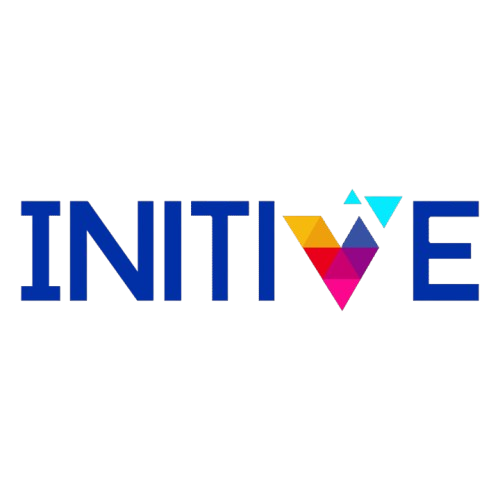AI turbocharges data analytics, automates workflows, and sharpens decision making but without a strategic approach, it becomes a triple risk. Discover how leaders can align AI with business goals, mitigate risks, and drive real ROI.
The AI vanguard: Revolutionizing Business safely
AI isn’t just a shiny trend, it’s the engine behind tomorrow’s smartest businesses. From lightning fast data insights to frictionless workflows and bold decision making, AI is transforming how companies operate.
But here’s the twist: when AI is adopted blindly, it doesn’t just fall short, it can disrupt, mislead, and cost you.
Smart AI isn’t just about power. It’s about precision, purpose, and responsibility.
Unchecked AI leads to:
- Misaligned priorities (solving the wrong problems)
- Ethical pitfalls (biased algorithms, privacy breaches)
- Operational failures (systems that collapse under pressure)
The difference between AI as a competitive weapon or a liability? Strategy, governance, and execution.
Let’s decode the magic behind AI, without falling into the traps.
Has AI gone wrong? fixing AI before it fails you
Solving the Wrong Problems
Many companies jump into AI because it sounds innovative, not because it solves a real need. The result? Burned budgets and disappointing ROI.
What to do instead:
Start with problems that are costing you time, money, or opportunities.
- Struggling with data bottlenecks? Use AI for real-time analytics, like retail demand forecasting.
- Drowning in repetitive tasks? Automate workflows, think invoice processing or customer support.
Delayed decisions? Predictive AI can keep you ahead in areas like equipment maintenance or resource planning.
Ignoring Risk Management
AI isn’t plug-and-play, it brings bias, compliance challenges, and security risks. Ignoring them can be expensive.
What to do instead:
Build a risk management playbook early on. Ask:
- What margin of error can we actually accept?
- How do we detect and mitigate bias?
What compliance standards must our AI systems follow?
When teams don’t talk, the silent barrier of innovation
Especially in AI. Without collaboration between IT, legal, and business leaders, projects become fragmented and ineffective. The solution? Build cross-functional teams from the start. IT ensures scalability and security, legal safeguards compliance, and leadership keeps everything aligned with strategic goals.
AI doesn’t fail because the tech isn’t good, it fails when there’s no strategy, no ownership, and no alignment. Start with strategy, and the results will follow.
Cracking the AI code and riding the loop that delivers impact
To successfully implement AI, begin by identifying real business needs, focusing on high-impact areas such as customer service, supply chain optimization, or fraud detection. Pilot projects can help test feasibility and demonstrate early value.
From the start, align all key stakeholders, including IT, legal, compliance, and operations to ensure cross functional buy in.
Establish clear KPIs such as efficiency gains or cost reduction to track progress. As you scale, prioritize governance and ethics by auditing AI models for bias, accuracy, and transparency. Incorporating explainable AI (XAI) enhances accountability and trust.
Finally, optimize continuously by using AI-powered incident management to detect risks in real time and refine models based on ongoing performance feedback.
Which can be the costs of ignoring responsible AI?
Bias disasters and security Failures
In 2014, Amazon developed an AI-driven recruiting tool to automate the evaluation of job applicants. However, by 2015, the company discovered that the system exhibited bias against female candidates. The AI had been trained on resumes submitted over a ten-year period, predominantly from male applicants, leading it to favor male candidates and downgrade resumes that included terms like “women’s” or references to all-women’s colleges. Despite attempts to correct these biases, Amazon ultimately discontinued the project due to concerns about potential discrimination.
In the realm of cybersecurity, phishing attacks have seen a significant surge, with AI-driven techniques playing a pivotal role. Kaspersky’s anti-phishing system intercepted approximately 709 million phishing attempts in 2023, marking a 40% increase from the previous year. This rise is attributed to the exploitation of messaging apps, AI platforms, social media services, and cryptocurrency exchanges by cybercriminals.
These instances underscore the dual edged nature of AI: while it offers transformative potential across various sectors, it also presents challenges that necessitate vigilant oversight and ethical considerations to mitigate unintended consequences.
AI is a triple threat only if mismanaged. Done right, it’s your biggest competitive advantage.
The future belongs to businesses that master AI with purpose. Start today!


Comments